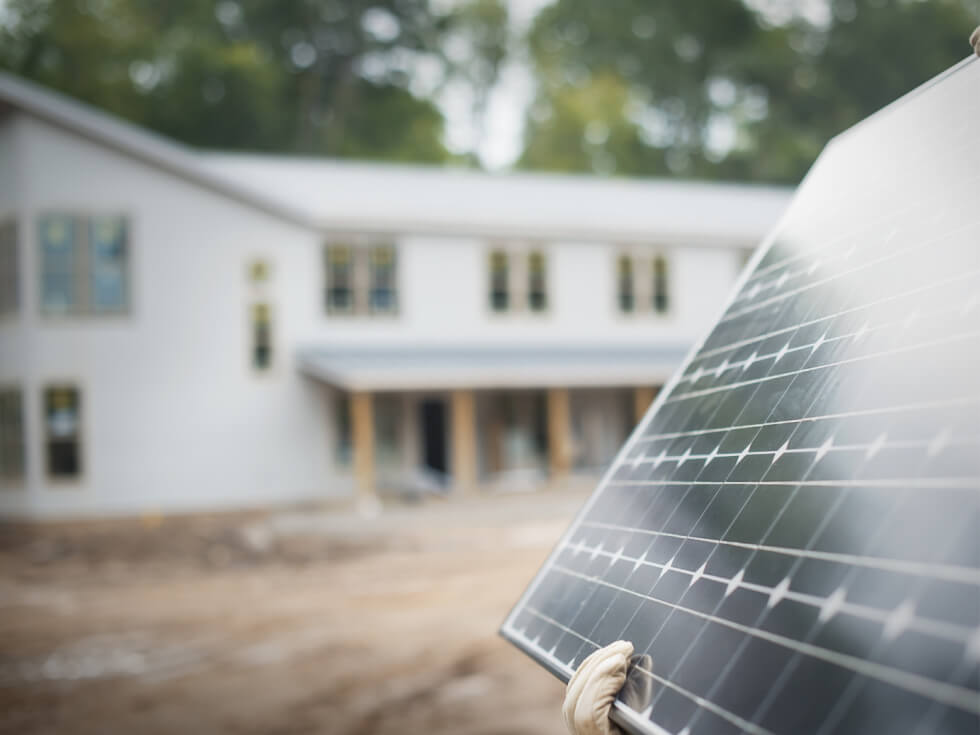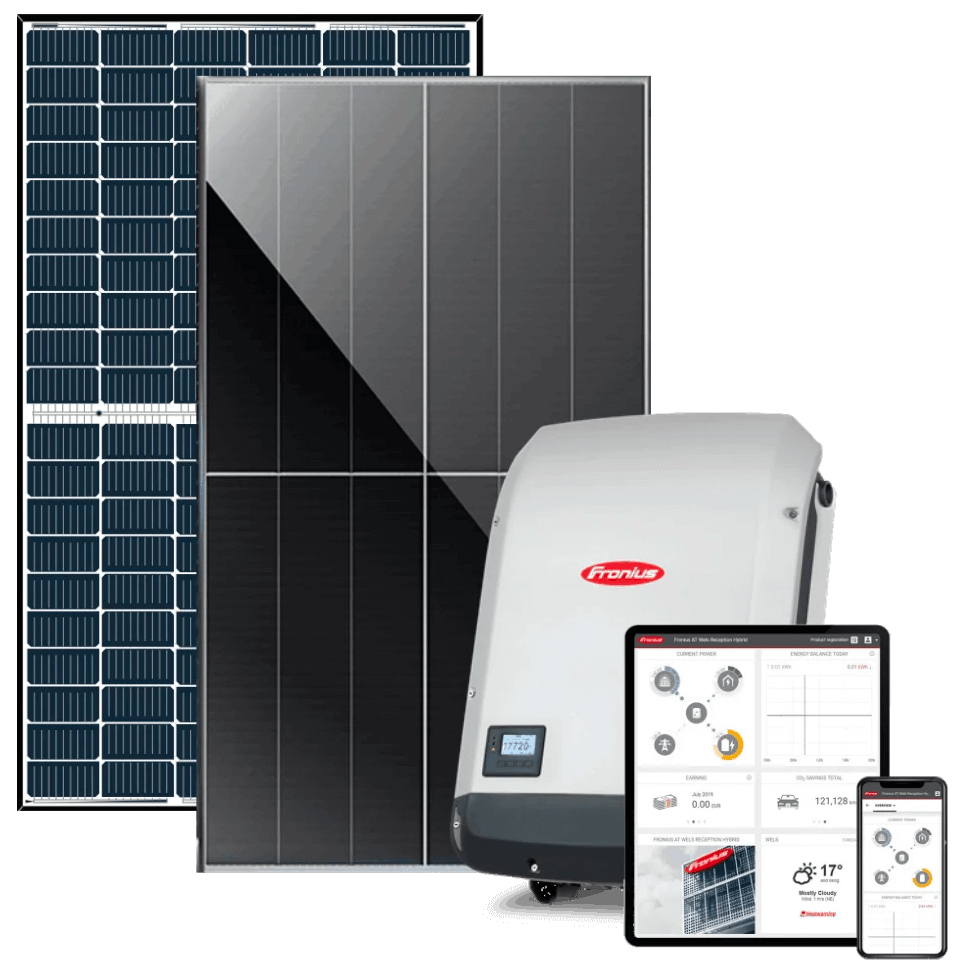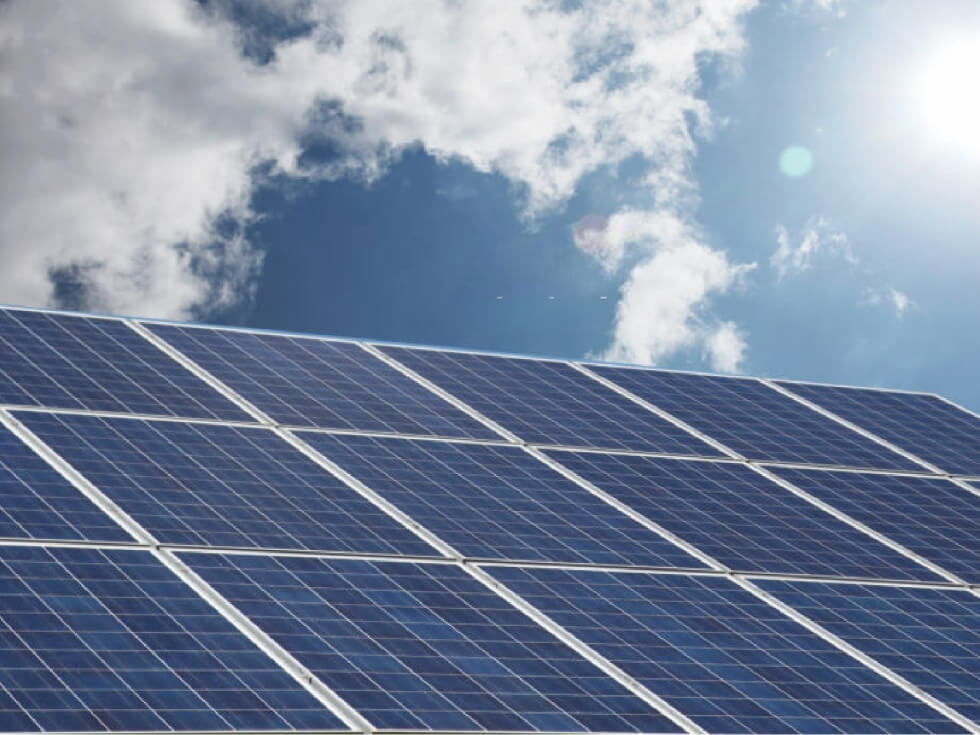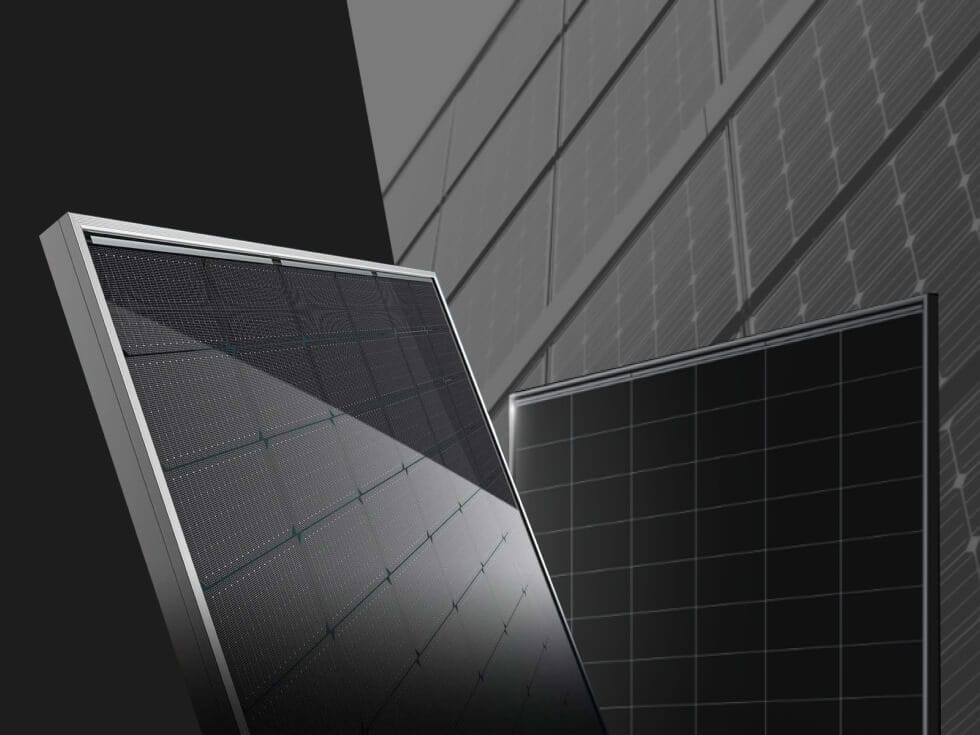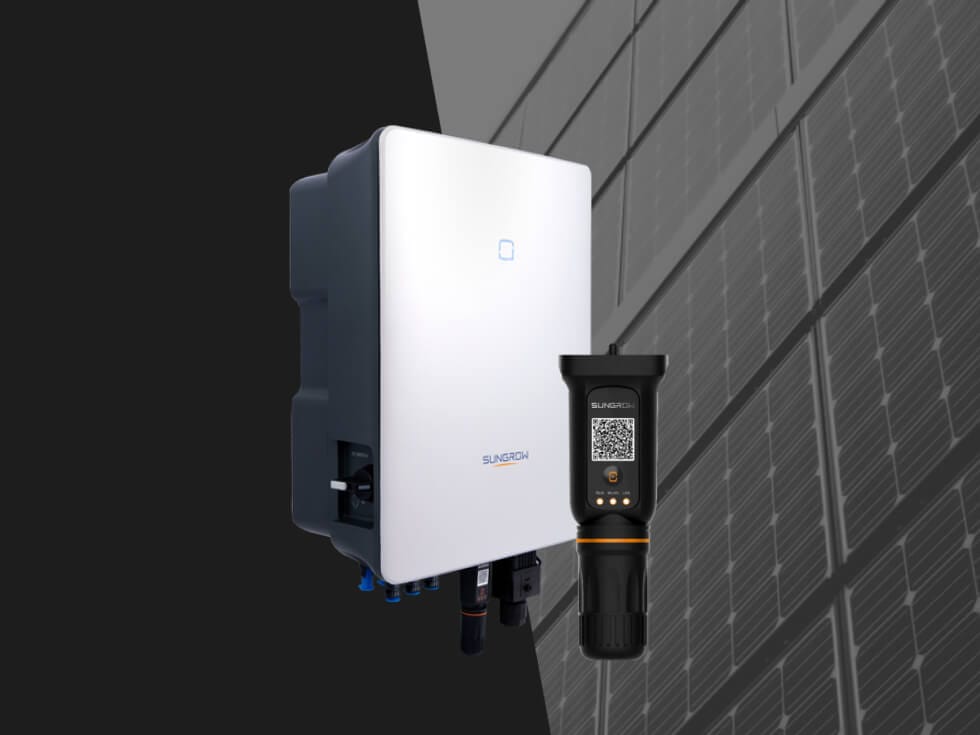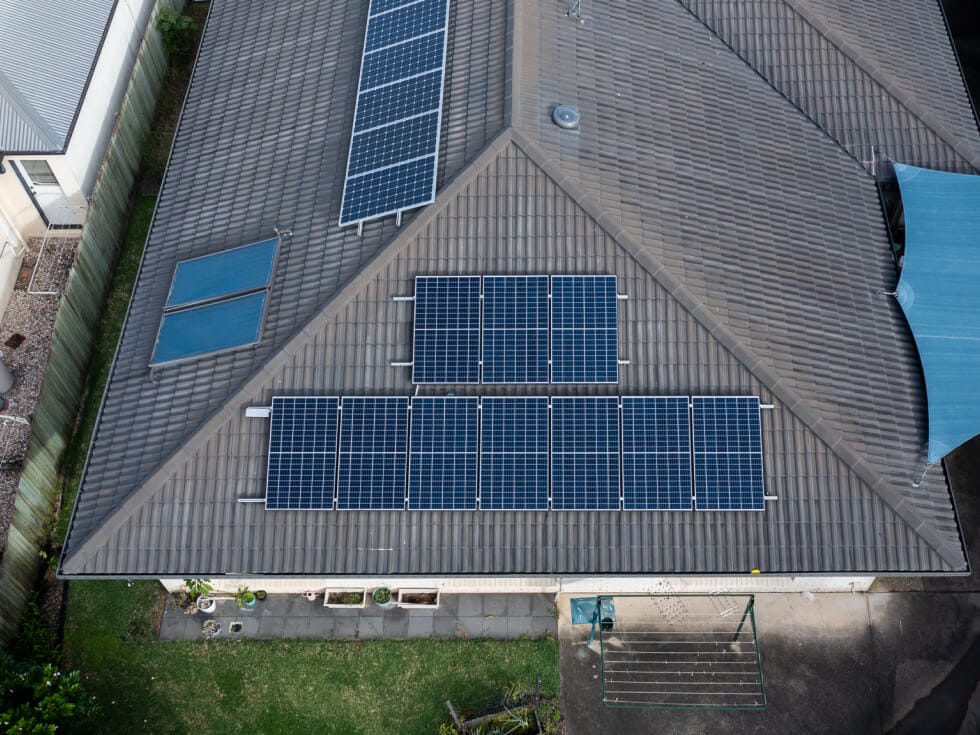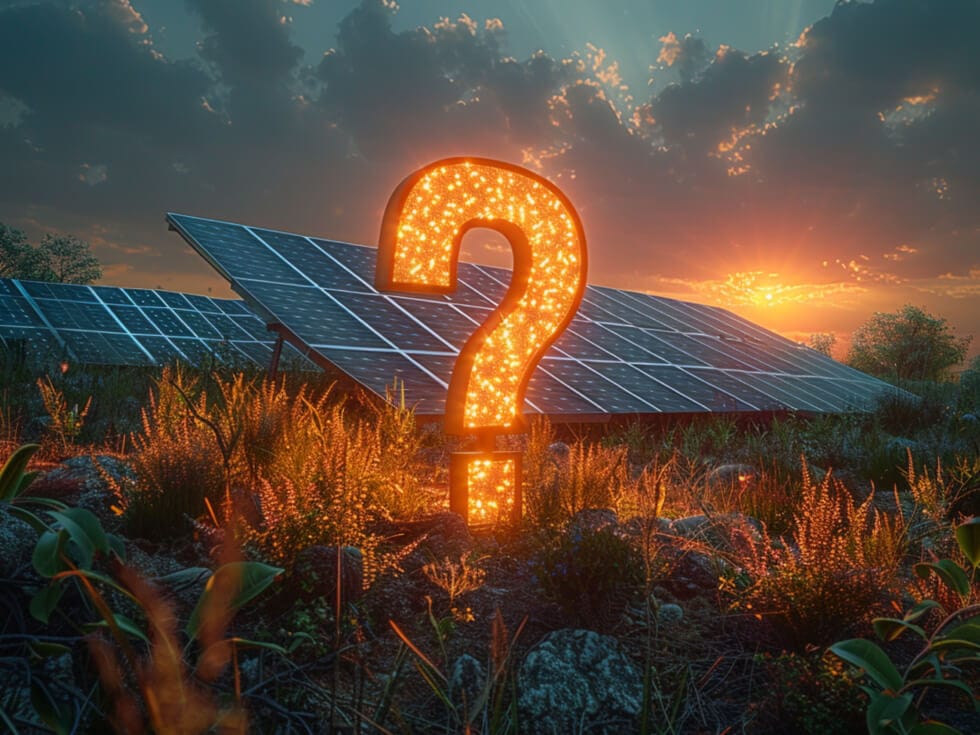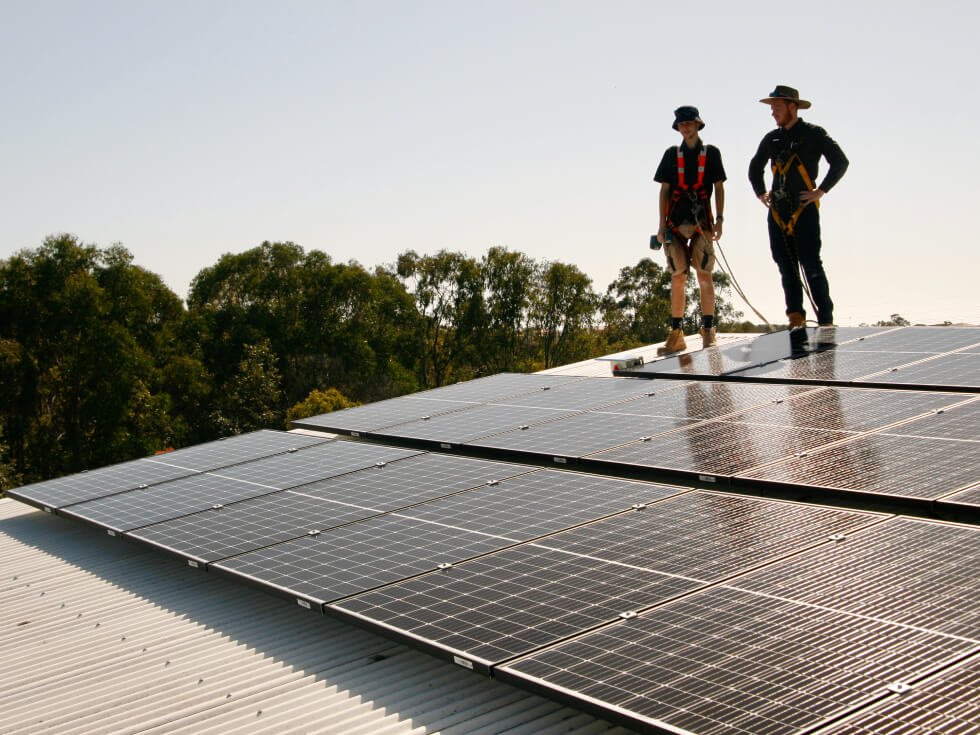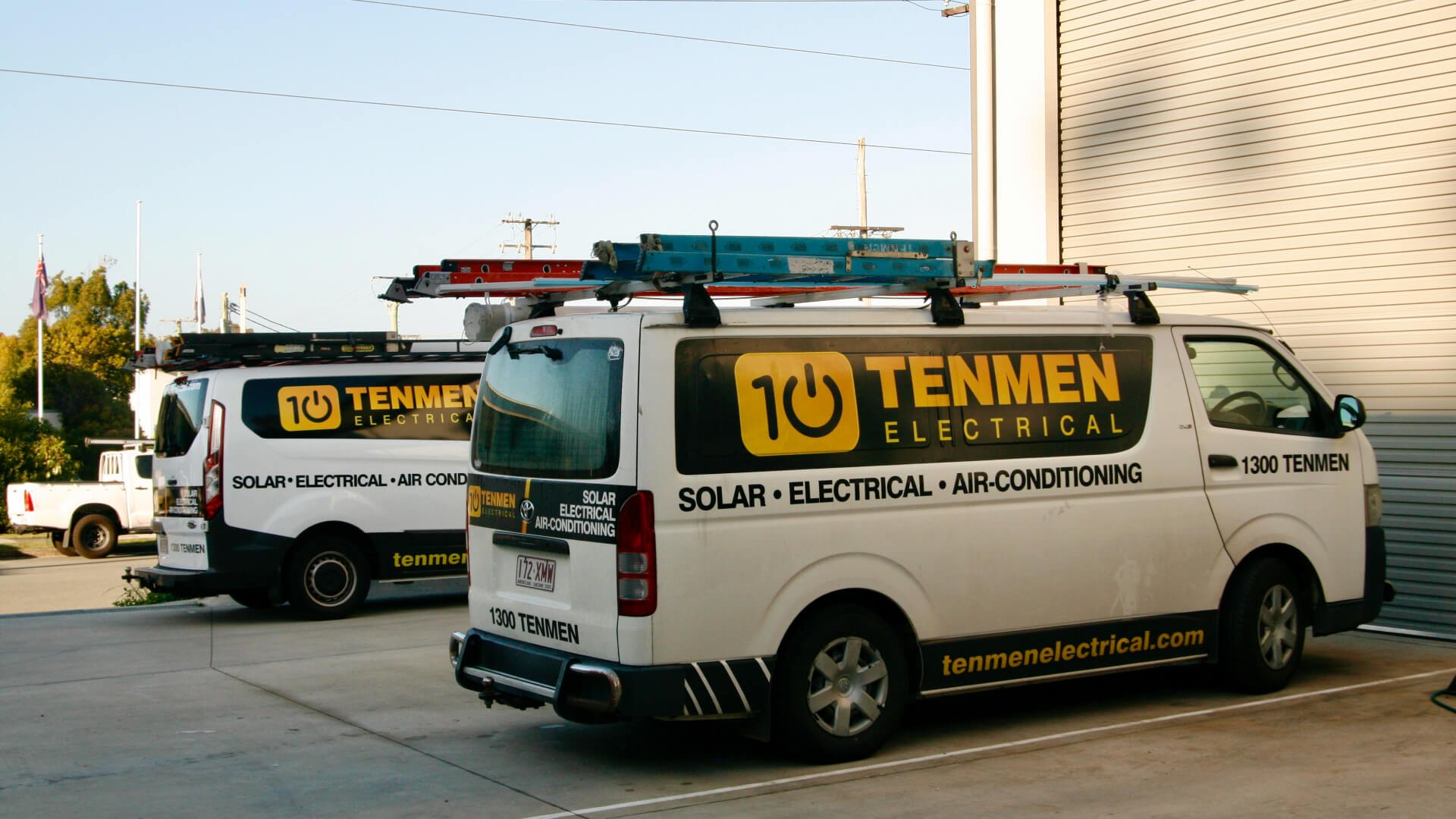Our top 7 Solar tips for your new home
Are you building or planning to build a new home? Thinking about getting solar from the start?
On a new home, installing a solar system is not complicated. But It is important to know all the factors that must be considered to get the solar system you want and facilitate the solar installation.
At Tenmen, we recommend doing the installation during the construction of the house as this will greatly facilitate the installation and the result would be much better integrated into the structure.
Keep reading to learn what to consider if you want to install solar panels in your new home.
The cables
Solar systems have a lot of wiring. If you don’t want those cables to be visible, the installation should be done before covering the internal walls.
The wiring of a solar system is not like the other cables in your home. These cables can reach 600V DC voltage. However, these cables can’t be protected by means of safety switches, and the only time that the cable is not active is when there is no sun, so these considerations must be taken into account to avoid any safety problems.
Future plan
You must think about how long you plan to live in your home. If you intend to continue living in the same place for more than ten years, we recommend investing more and buying solar panels with low degradation.
Spending more on a quality panel can be a good long-term financial investment. Our solar calculator can help you estimate how much a solar system can help you save in the long term.
The location
Assess the location where you intend to install your solar panels. It is not only essential to look for greater exposure to sunlight but also to think about where and how to place some of its other devices, such as the switchboard and the meter box.
The closer your solar inverter is to the switchboard, the better.
This will help you minimize the voltage surge and also reduce your costs. Having your switchboard in these locations would also be beneficial both on a functional and financial level. Remember also that specific wiring needs to be made to monitor your solar panel connected to your Wi-Fi network or home modem. So make sure you have a good internet connection.
The design
In designing the roof for installing solar panels, it is also essential to have some considerations. For example, if you want antenna or satellite TV installations, place them as far as possible from where you intend to install your solar panels.
Consider where possible shadows may appear on your roof to avoid placing the panels.
The so-called temperature coefficient
The nominal power of a solar panel on its technical sheet is measured at 25ºC, and the power begins to decrease as the cell temperature exceeds 25ºC.
Well, the amount of power lost above 25ºC is directly related to the temperature coefficient of the module. The higher the temperature of the panel above 25ºC, the less that solar panel will produce. This is important in all regions, not just in hot climates.
The reason is that when the sun is shining, the temperatures on your home’s roof can easily exceed 25ºC, even with ambient temperatures below 15ºC.
Always the same solar panel
You must always connect plates with the same characteristics, do not mix them.
Roof strength
Check that your roof is in good condition to support the weight of the plates.
If you have to prepare it, you better do it before; it will be cheaper than removing and putting the plates in the future.
Conclusion
Installing solar panels in your new home is a smart choice, especially when integrated during construction for seamless incorporation. Key considerations include strategic cable placement, planning for the long term, and optimizing the location, design, and temperature coefficient.
Consistency in panel characteristics is crucial, and a thorough roof assessment ensures it can bear the weight. By making thoughtful decisions during construction, you can enhance efficiency and cut costs for a sustainable and energy-efficient home.

